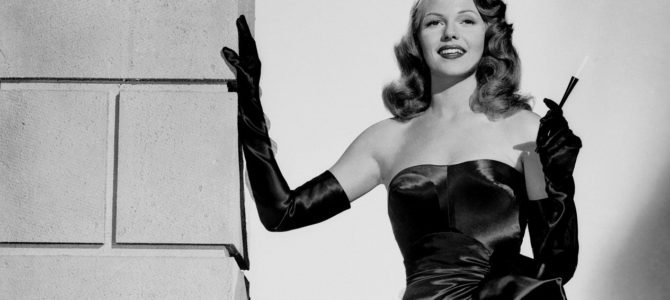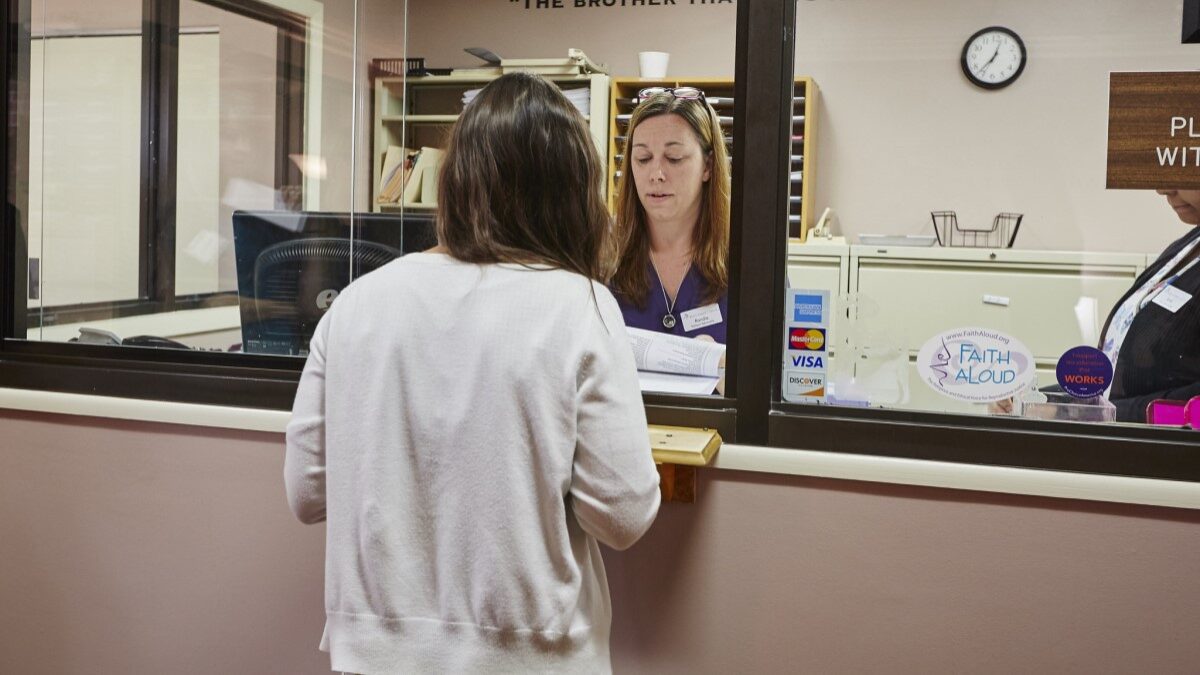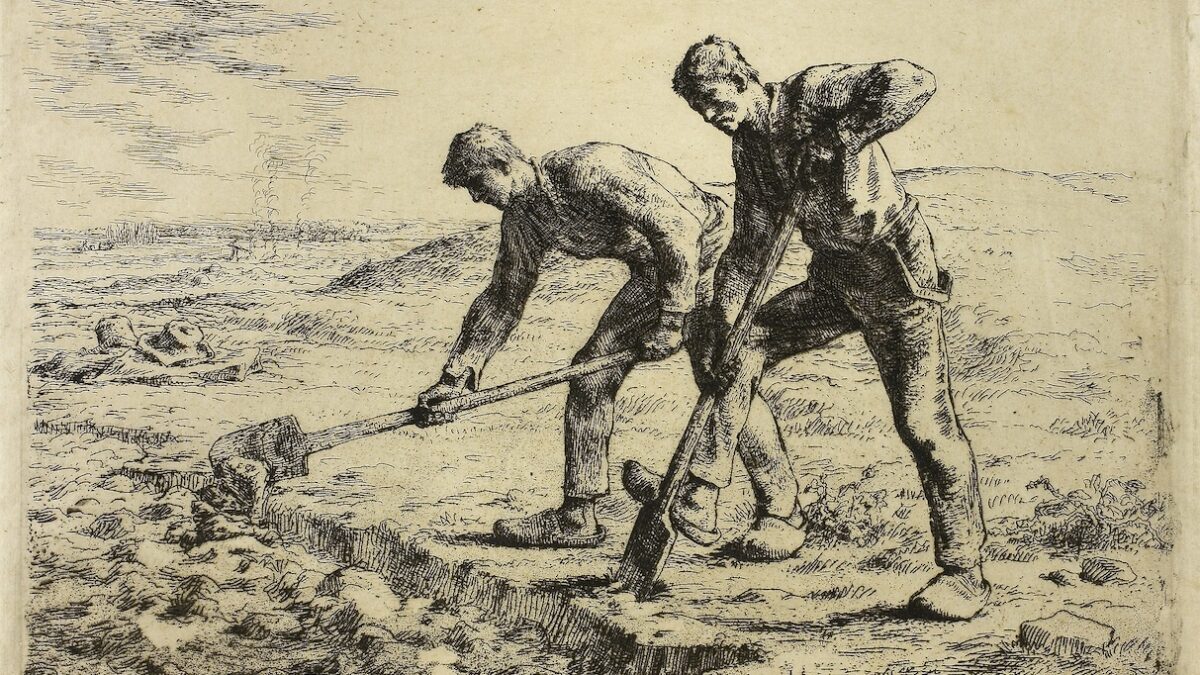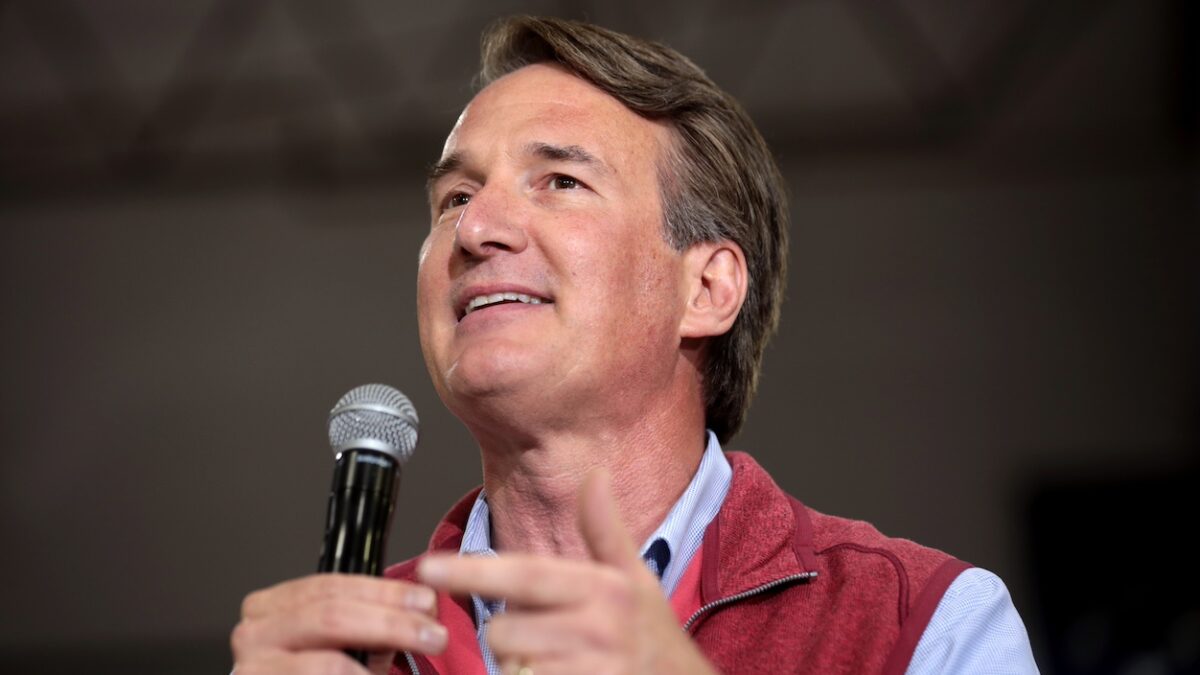
Some spoilers ahead for “Avengers: Endgame,” “Gilda,” “Who Framed Roger Rabbit,” “Anatomy of a Murder,” and “Sunset Boulevard.”
The femme fatale has captivated audiences for generations, using her charm and sex appeal to manipulate protagonists, villains, and viewers. It’s an exciting character type that appeals to both men and women for different reasons, pairing allure with a tinge of mistrust and danger for electric results.
Black Widow: 21st Century Femme Fatale?
With the release of her first solo movie as Marvel’s Black Widow, Scarlett Johansson has been publicly reflecting on her character, from her introduction in “Iron Man 2” to her tragic demise in “Avengers: Endgame.” She recently aired frustrations with the character’s initial “hypersexualization,” saying, “While [‘Iron Man 2’] was really fun and had a lot of great moments in it, the character is so sexualized, you know? [She is] really talked about like she’s a piece of something, like a possession or a thing or whatever – like a piece of ass, really.”
Johansson’s comments divorce certain scenes from their context, which tells a very different story of her portrayal in the film at large. Black Widow, or Natasha Romanov, is a classic example of the modern femme fatale, a character who uses her sexuality to achieve her calculated ends.
Her sexualization is not objectification, but a clear indication of cunning and resourcefulness. While a capable fighter, Natasha is a mere human on a superhero team alongside a Norse god, a genetically enhanced superhuman, an enormous rage monster, and a technologically aided genius.
Her best moments happen when she uses her brain, not strength, to get out of a situation by playing her adversaries into underestimating her. This is exactly what Natasha is doing in “Iron Man 2,” playing a sexy flirt in an effort to spy on protagonist Tony Stark. Every sexualized moment is a calculated move to lower Tony’s guard and allow her to evade suspicion.
Johansson’s criticism of the archetype depicts a broader trend in woke culture distancing itself from the femme fatale, equating sex appeal with objectification. The femme fatale is sexy, but what sets her apart is how she cleverly uses not just her allure, but other people’s misconceptions of her, to her advantage.
Femme Fatale as Empowered and Intelligent
Jessica Rabbit (in “Who Framed Roger Rabbit”) and Gilda (in “Gilda”) play bad girls despite their virtue and fidelity. Laura in “Anatomy of a Murder” does the opposite, acting as the innocent victim to belie her ill intent. Natasha feigns helplessness despite her physical strength and sharp mental edge.
By definition, the femme fatale uses her sexual desirability to manipulate and betray men. She is often (but not always) evil, or at least morally dubious. The archetype has long been a staple of fiction. Her origins date all the way back to the Bible, from the temptation and fall of Eve to sexy traitress figures like Delilah, Jezebel, and Salome.
The ancient Greeks had Circe, Medea, and Clytemnestra. Historical figures such as Cleopatra, Messalina, Anne Boleyn, Catherine the Great, and Eva Perón have also been painted in this light.
However, the femme fatale came into her own in the film noir of the 1940s and 1950s. These dark detective stories often featured cynical, hardboiled leading men (usually detectives), powerful villains, and a seedy atmosphere of corruption. Not exempt from this atmosphere was the femme fatale, a dangerous and seductive woman who would lead the hero astray with her dubious motives.
Femme Fatale Critics Oversimplify Nuanced Women
As it does to most good and enjoyable things in pop culture, the woke crowd is trying to expunge the femme fatale from film. It claims the femme fatale is a reductive, sexist archetype that demonizes female sexuality and reduces women to sex objects. Both points are absurd.
Feminists decry the trope as misogynistic, insisting it vilifies female sexuality. They note how the femme fatale can be contrasted with a more demure, innocent woman — the ingenue or “good girl” — whose morality is directly paired with sexual chastity. While this contrast does occur, it’s part of a broader Madonna/whore complex in cinema and should not be used to tear down the femme fatale. Many femme fatales are not evil, but sympathetic or even heroic.
Moreover, the lines between the “types” of women are not always so strictly defined. Norma Desmond, the femme fatale of “Sunset Boulevard,” has long lost her youthful allure but uses an amalgam of money and guilt to manipulate protagonist Joe Gillis. In an inversion of the stereotype, her end goal with him is romance, not ambition. In contrast, the “innocent” Betty Schaefer who sleeps with Joe (while engaged to his friend) is an independent woman with deep professional ambition.
The femme fatale trope has also been accused of blaming men’s misdeeds on sexually liberated women. One iconic moment sees Rita Hayworth in “Gilda” singing “Put the Blame on Mame,” a song entirely about holding one woman responsible for an earthquake and a murder.
But “Gilda’s” story is a clear subversion of the trope, and her song exemplifies that. The eponymous character uses her flirtatious nature to play a seductive, promiscuous, unfaithful woman, but all of this is revealed to be an act.
In fact, “Gilda’s” twist is that she was faithful to every boyfriend she had. However, she punishes her ex-lover’s mistrust by playing the traitress he believes her to be. Gilda may be the archetypical example of the femme fatale in cinema, and she’s imbued with more nuance and depth than the personality-free “strong female characters” praised by the left.
Dismissing the Combo of Strength and Femininity
The same feminists who absurdly claim it’s empowering for women to sleep around also contend that a woman using her sex appeal for her own benefit is a sexist archetype. In contrast, it’s sexist to assume the femme fatale’s sexuality makes her inherently weak.
Dangerous women in film display a degree of agency missing from many other characters. These films don’t reduce the femme fatale to her sex appeal, but many who criticize the archetype do.
Femme fatales are characters with interesting motivations and personalities, yet feminists write them off as mere sex objects. Who is to say a woman can’t be both sexy and strong?
Part of the femme fatale’s depth is her unwillingness to be a passive victim, instead taking charge of her circumstances. Her morality is certainly skewed, but that can be said of other villains and even protagonists. However good or bad, her choices are wholly her own — impressive independence for female characters of the film noir era.
Because she’s often written with such nuance and agency, the femme fatale appeals to women as much as men. “Black Widow” director Cate Shortland told The Guardian, “I enjoy how sexy [Black Widow] is, as long as she’s in control.”
It is precisely this control that defines the femme fatale’s mass appeal. She’s smart, sexy, unapologetically feminine, and lives on her own terms, and that’s precisely what makes her empowering.








